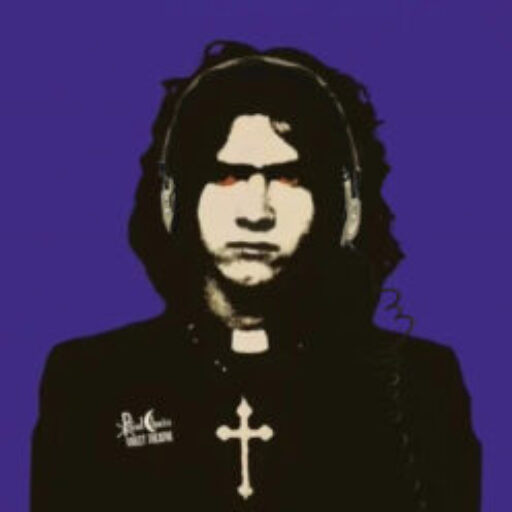Doom Cinema: The Wicker Man (1973)
A chilling blend of folk horror and psychological drama, The Wicker Man is a tale that explores the clash between ancient pagan traditions and rigid Christian beliefs, all set against the hauntingly beautiful backdrop of the Scottish Isles.
🛑 Note: This review may contain spoilers.

Few films capture the eerie allure of folklore and ritual as profoundly as The Wicker Man (1973). Often hailed as a cornerstone of British cinema, it stands as a haunting mystery film, as well as a definitive work in the subgenre of pagan cinema. Directed by Robin Hardy and penned by Anthony Shaffer, this chilling tale is an exploration of cultural conflict and a deep dive into the unsettling traditions of a secluded community.
Pagan cinema, as a thematic realm, thrives on the collision between ancient beliefs and modern sensibilities. The Wicker Man exemplifies this tension, weaving together the macabre and the mystical in a visceral narrative. The film’s depiction of pagan rites, fertility symbols, and the clash of ideologies also serves as a broader commentary on the fears and fascinations surrounding pre-Christian traditions.

The concept of pagan cinema, especially British pre-Christianity, had rarely been explored with such meticulous detail prior to The Wicker Man. While it wasn’t the first film in this subgenre, it became one of the most influential. Its success lies in its ability to present paganism not as a caricature of evil or superstition, but as a fully realized cultural system, steeped in ritual and symbolism. By portraying the community of the fictional island Summerisle as complex, vibrant, and even joyful, the film challenged conventional portrayals of paganism as purely sinister. In other words, the pagan community of Summerisle is not necessarily a threat, but an alternative. This depth, combined with its atmospheric storytelling, ensured that The Wicker Man would set a standard for how pagan themes could be woven into powerful cinematic narratives. Earlier films like Häxan (1922), which delved into witchcraft and medieval superstition, and The Blood on Satan’s Claw (1971), which explored themes of possession and rural paganism (and as great as they are) hinted at the thematic potential of this subgenre but lacked the ritualistic depth that The Wicker Man achieved.
From its opening moments, as Sergeant Neil Howie (Edward Woodward) arrives on the remote island of Summerisle to investigate a missing child, The Wicker Man sets an alarming world. Howie, a devout Christian, a police officer, a gentleman, and quite an annoying snob, embodies a moral rigidity that becomes a stark contrast to the free-spirited, hedonistic lifestyle of Summerisle’s inhabitants. As the investigation unfolds, it becomes clear that the island’s residents, led by the enigmatic and commanding Lord Summerisle (the ever-magnificent horror icon Christopher Lee), are steeped in ancient pagan traditions. Their seemingly idyllic existence, filled with music, dance, depictions of nature and animals, and celebration, masks (literally…) a darker, more alarming undercurrent. The film’s climactic scene, in which Sergeant Howie faces the ultimate sacrifice, remains one of the most iconic, cathartic – and tragic – moments in horror cinema. As Howie’s cries of faith are swallowed by the flames of the towering wicker effigy, the film crystallizes its themes of belief, sacrifice, and the inescapable power of nature.
Thinking about how I first watched The Wicker Man, I recall being drawn in by its juxtaposition of beauty and danger. Its fear wasn’t about darkness or jump scares, nor was it centered on witches, monsters, or vampires. Instead, the film presented regular, shiny people whose calm and joyous demeanor hid something profoundly troubling. This made me wonder who was exactly in the wrong here, the devout and unyielding Sergeant Howie, or the community he judged so harshly. The lush imagery of the Scottish Isles initially felt serene, almost like a pastoral dream, but this sense of tranquility quickly turned worrying. It wasn’t just the strange rituals or the cryptic behaviors of the islanders, it was the way the film constantly toyed with my expectations. Watching Sergeant Howie navigate this world, I couldn’t help but share in his growing discomfort. Yet, unlike Howie, I found myself fascinated by the colorful traditions of Summerisle, even as they became darker and more menacing. Or were they?
*
You watch the world exploding every single night
Dancing in the sun a newborn in the light
Brothers and their fathers joining hands and make a chain
The shadow of the Wicker Man is rising up againYour time will come.



